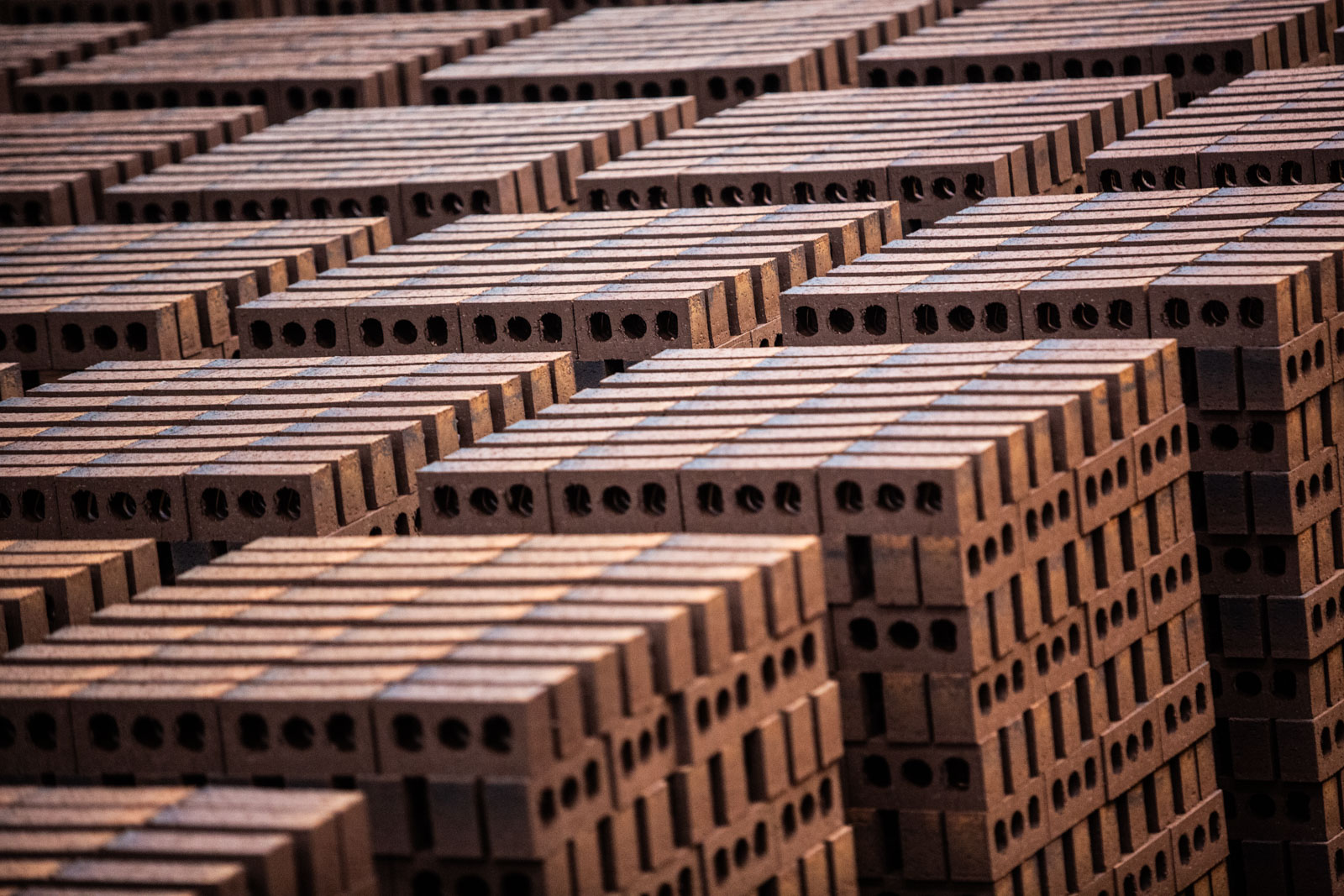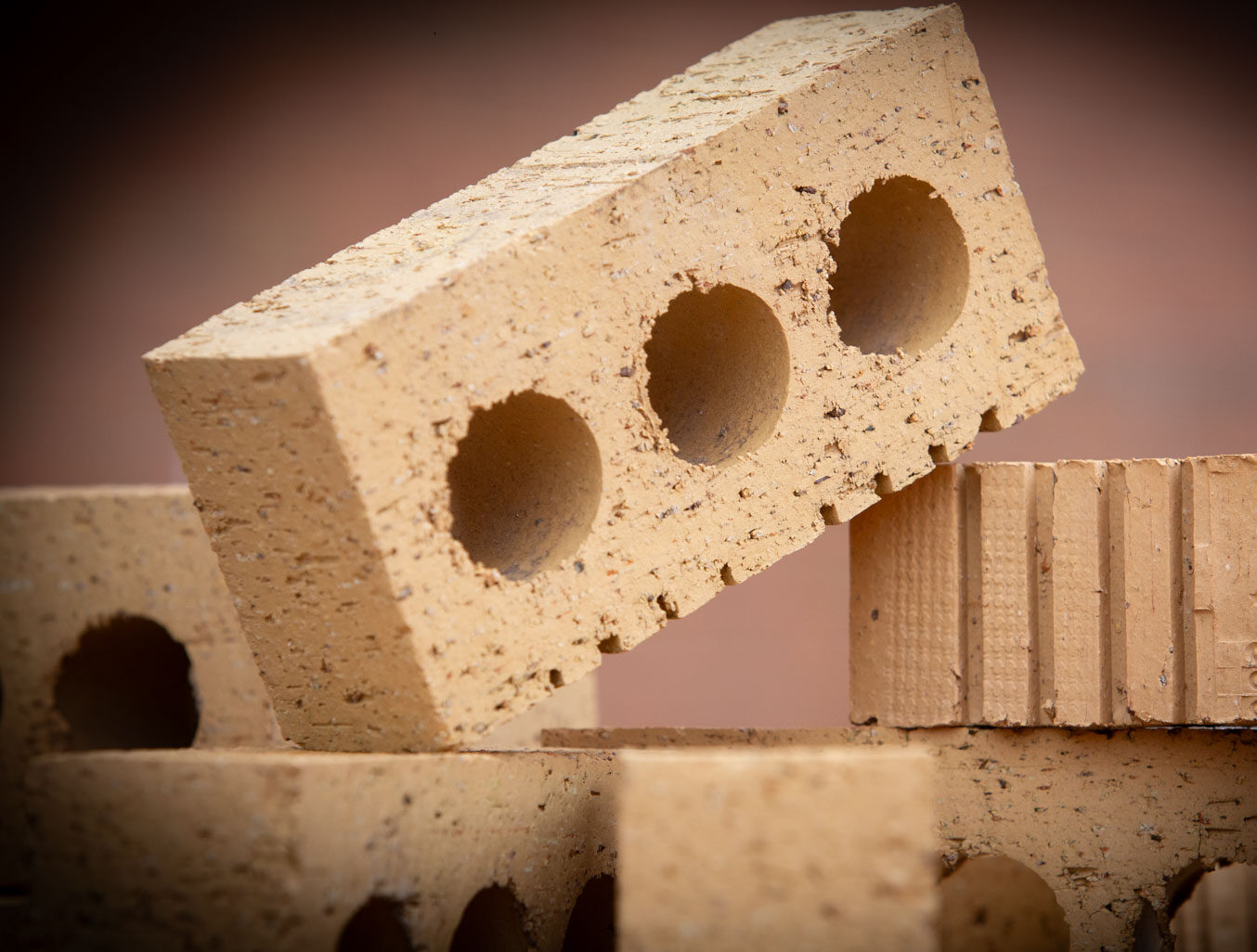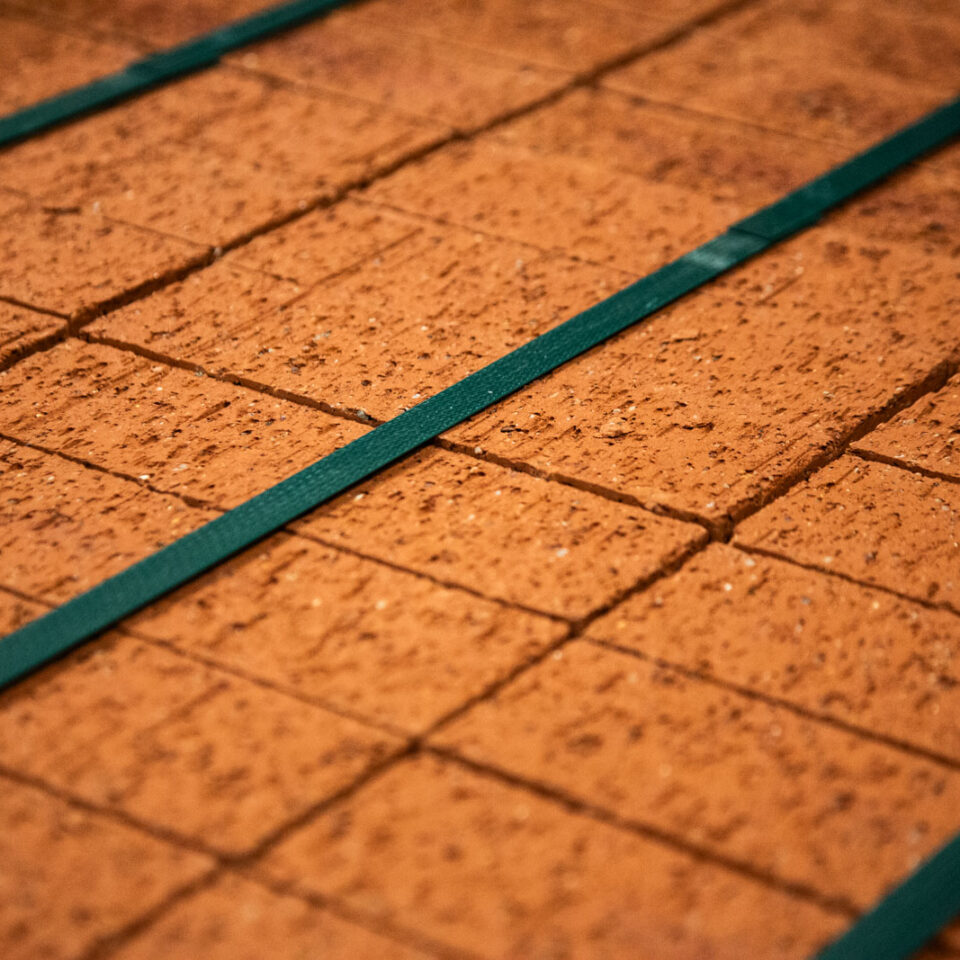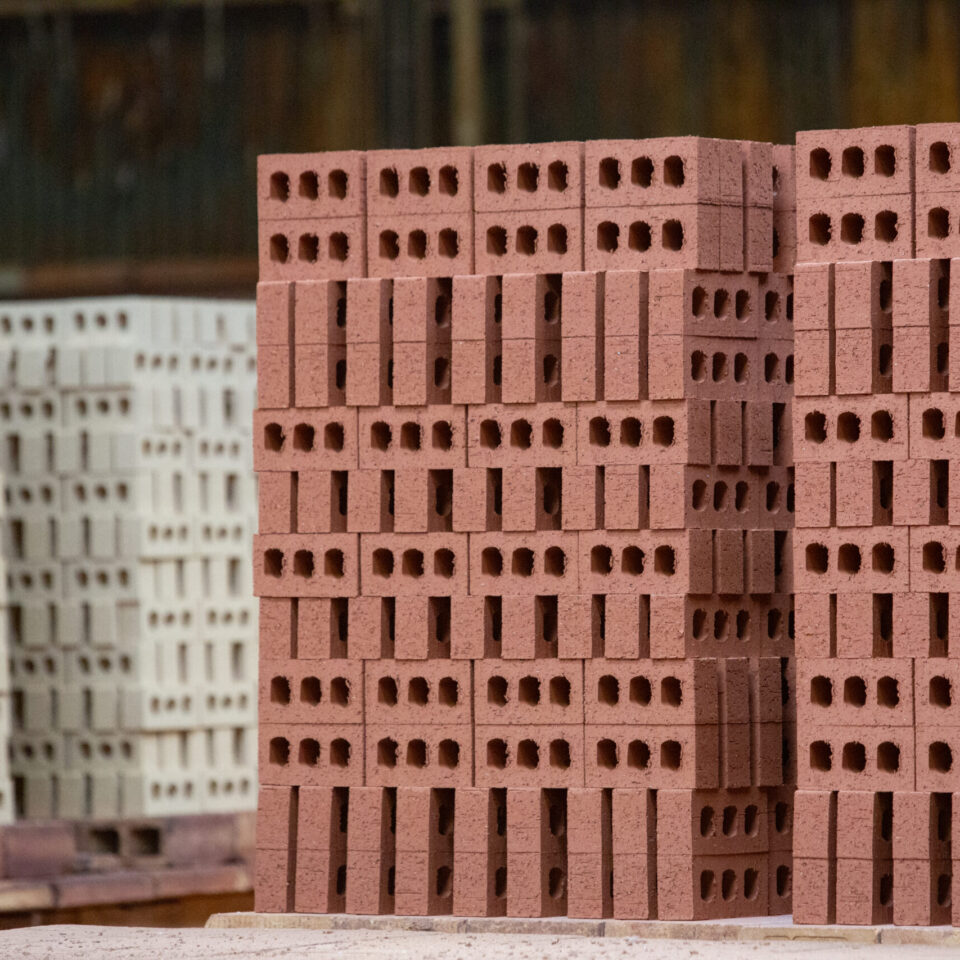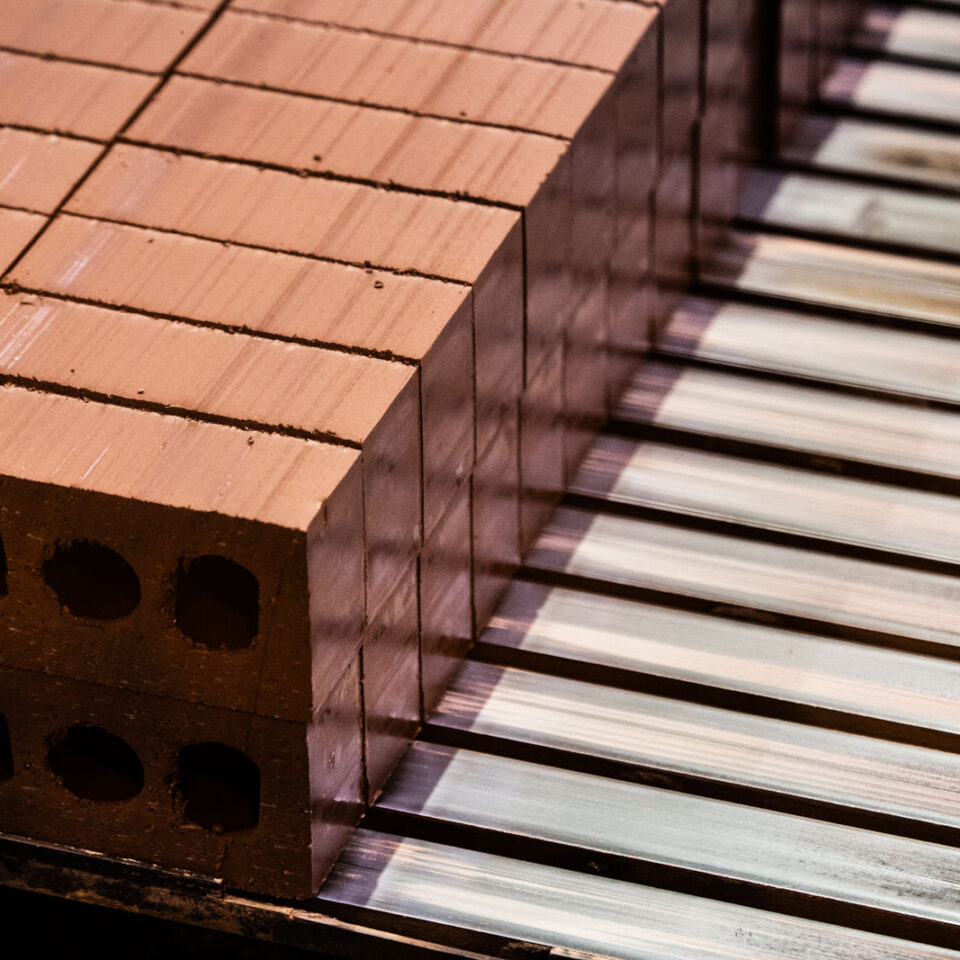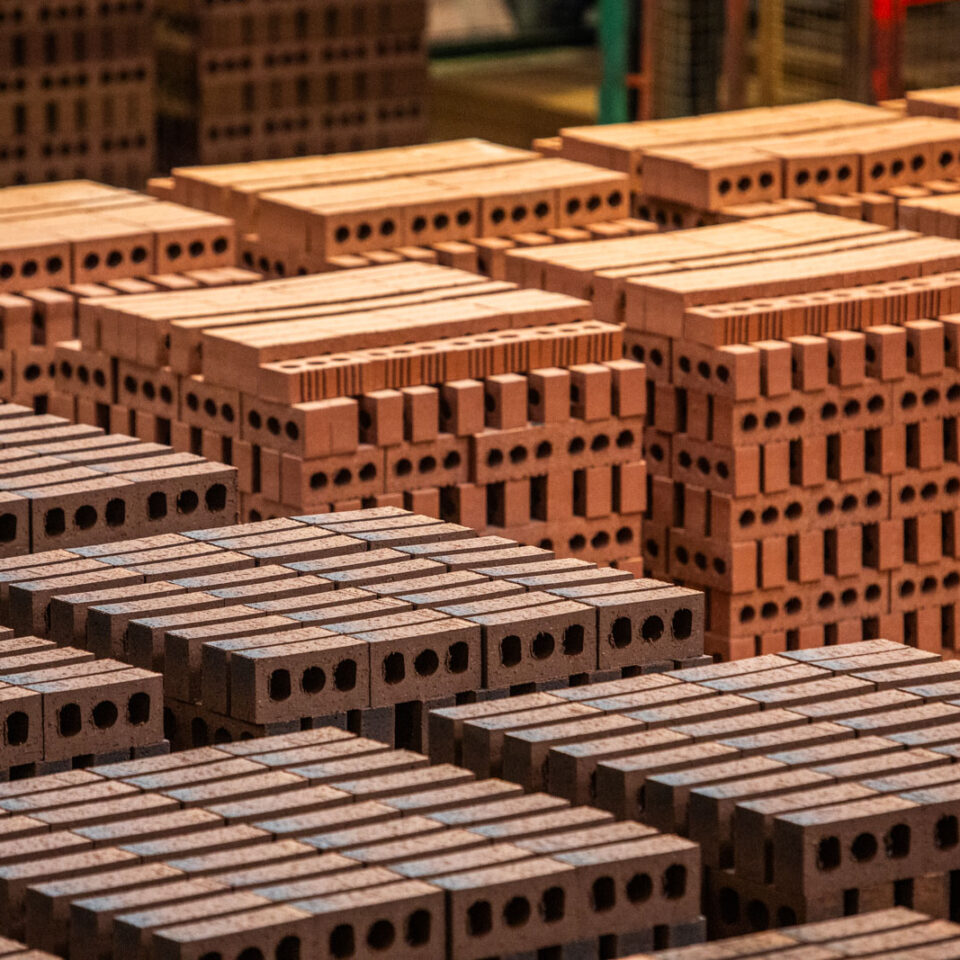The benefits of bricks
Clay bricks have been a fundamental construction material for thousands of years. Their longevity and prevalence is testament to the durability, versatility, and sustainability they offer.
The following benefits can be seen when clay bricks are combined with good building design and practices.

